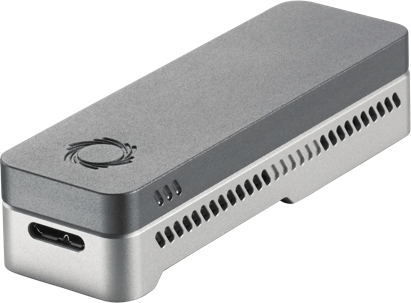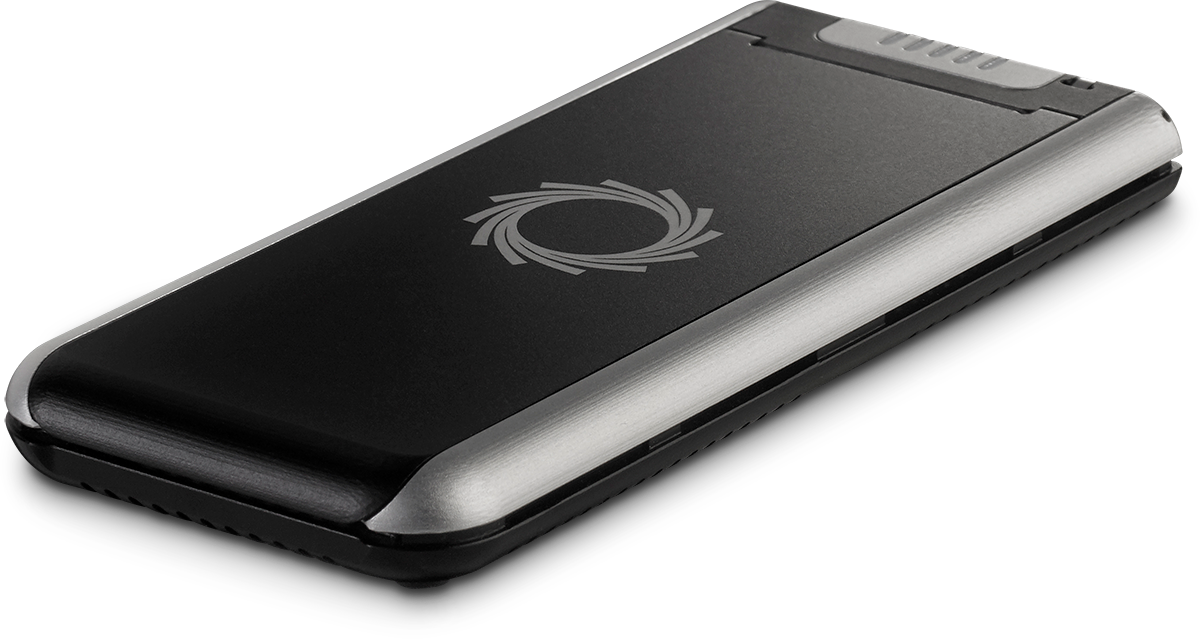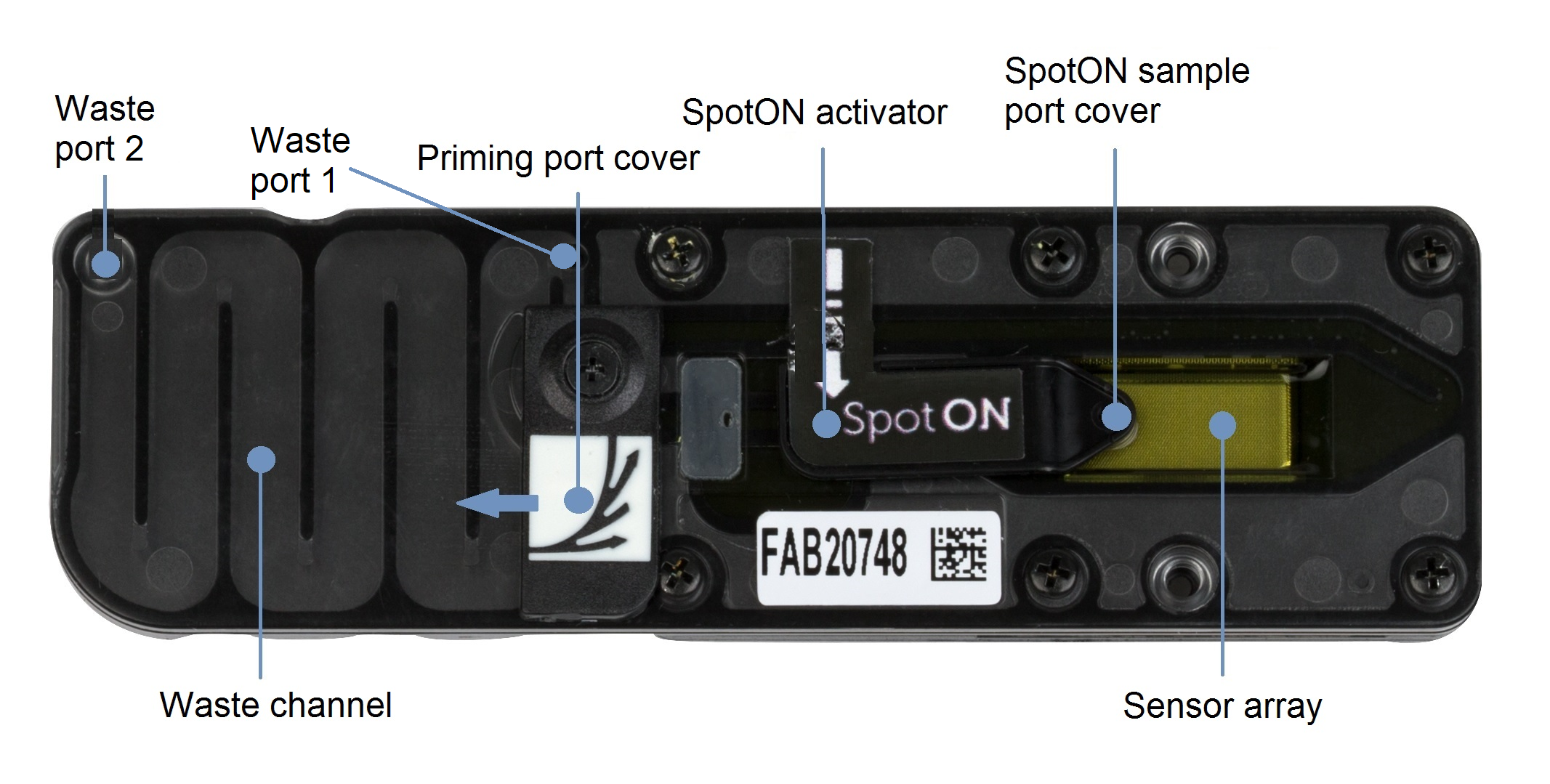Oxford Nanopore Sequencing Hardware
The MinION device
Video: MinION Introduction
Nanopore documentation: Hardware
The MinION is a portable, USB-powered device designed for DNA (or RNA) sequencing. At the core of its operation are flow cells, which serve as the functional units where sequencing occurs. Flow cells are consumable cartridges embedded with thousands of nanopores through which DNA or RNA strands pass during sequencing. These flow cells are where the sequencing is happening on the device. The MinION contains the electronics which run the flow cell, keep it at the appropriate temperature, and manage data transfer.


Technical Summary (M1kB) - Technology: Nanopore sequencing with flow cells - Flow Cells: Consumable units containing nanopores; available in various models to support different throughput needs - Sequencing Output: Up to 50 Gb per run with a standard MinION flow cell - Size: 105 mm x 23 mm x 16 mm - Weight: ~87 grams - Power Source: USB connection to a laptop or desktop computer - Software: MinKNOW for sequencing operation and basecalling; optional EPI2ME for additional analysis
MinIONs - the 'workhorse' for educational sequencing
Generally, we suggest most classroom educators will focus on MinIONs, especially as they get started with sequencing. There are other larger Nanopore sequencing platforms which offer greater data production capabilities but at a higher cost.
MinION device models: Mk1B, Mk1C, and Mk1D
Oxford Nanopore Technologies offers several models of the MinION device, each tailored to specific sequencing needs.
MinION Mk1B:
The Mk1B is a portable, USB-powered device designed for DNA and RNA sequencing. It connects to a computer via a single USB 3.0 port, providing power, temperature control, and data transfer. The device is compatible with MinION flow cells and Flongle adapters, enabling flexibility in sequencing applications.
MinION Mk1C (Discontinued):
The Mk1C integrates sequencing hardware with built-in computational capabilities, offering a compact and portable solution for nanopore sequencing. This self-contained device eliminates the need for external computing resources, as it combines sequencing and analysis within a single unit. This device is discontinued and although still functional, at some point updates to the software may be discontinued. If you have questions about this device you should contact Nanopore support directly.
MinION Mk1D:
The Mk1D features improved thermal dissipation capabilities, enhancing sequencing performance and enabling accurate real-time sequencing across diverse environments. It includes intuitive status LEDs for easy monitoring of device status. The Mk1D is compatible with MinION flow cells and Flongle adapters, supporting both DNA and RNA sequencing.
Flow cells
Flow cells are essential components of Nanopore sequencing devices. Each flow cell contains a membrane embedded with an array of nanopores. These nanopores form the core of the sequencing process by detecting the passage of nucleic acid strands through the flow cell. When DNA or RNA molecules pass through a nanopore, they cause specific disruptions in an electrical current. These disruptions are recorded and analyzed to determine the sequence of nucleotides. This real-time process enables users to generate sequencing data as the experiment progresses.
Flow cells are available in different designs to accommodate varying experimental needs.
-
MinION Flow Cells: These flow cells can generate up to 50 gigabases (Gb) of data in a single run, making them suitable for high-throughput applications.

MinION flow cell -
Flongle Flow Cells: These are designed for smaller-scale experiments, capable of producing up to 2.8 Gb of data, offering a cost-effective option for pilot studies or limited sample sets. We recommend most educational applications strongly consider Flongles due to their lower cost (<$70 per flow cell).
Adapter required
Flongle flow cells come with an adapter that allows them to fit into the MinION devices (see figure below).
)
Flow cell reminders
- Inspect before use: Visually inspect flow cells upon receipt and before use to ensure no visible damage or contamination. Report any issues immediately to Nanopore support.
- Run flow cell check before loading: Before you load your sequencing library, you can use MinKNOW software to check your flow cell and ensure it is functioning and within warranty. Contact Nanopore support for help if a flow cell does not pass. Keep in mind old or expired flow cells may still yield good-enough results, but don't depend on this when planning.
- Maintain records: Keep records of purchase dates, storage conditions, and expiration dates.
- Plan shipping and use promptly: Plan experiments to use flow cells as close to their purchase date as possible to maximize reliability. You can generally plan (or adjust) the ship date of your Nanopore reagents and flow cells to arrive as needed within 1 year of purchase. If you order multiple flow cells you can even break up shipments. Keep in mind that each shipment may incur its own shipping charges.
Don't freeze your flow cells - and other tips
Proper Storage and Handling of Flow Cells
Flow cells are delicate, high-precision consumables that require specific storage and handling conditions to maintain their performance. Improper storage or use can result in reduced sequencing quality or failure.
Storage and temperature requirements
- Storage Temperature: Flow cells must be stored at 2°C to 8°C (refrigerated) to preserve the integrity of the nanopores and other components. They should never be frozen or exposed to temperatures outside this range.
- Ensure that whomever will receive your Nanopore shipments are aware of this restriction. Your shipment may contain regents that require freezing, and it is not uncommon for an unsuspecting person in receiving or a lab manager inexperienced with Nanopore to accidentally freeze flow cells.
Shelf Life
See Flow cell warranty and storage
- Flow cells have a limited shelf life, and their performance is guaranteed only within the expiration date provided by Oxford Nanopore. Always check the expiration date before use and prioritize using older flow cells first to minimize waste.
- MinION shelf life: ~12 weeks
- Flongle shelf life: ~4 weeks
- Flow cells come with a warranty that covers manufacturing defects. However, this warranty does not apply if flow cells are damaged due to improper storage, handling, or use. Always follow the manufacturer’s guidelines to ensure eligibility for warranty claims.
Other Nanopore sequencing platforms
Video: Choosing the right Nanopore sequencing device for you
Oxford Nanopore offers a range of sequencing platforms beyond the MinION, designed for higher-throughput and more specialized applications. While these platforms provide significant sequencing capacity and flexibility, their cost and complexity make them better suited for dedicated research projects or advanced educational applications. For most classrooms and undergraduate settings, the MinION platform remains the preferred choice due to its affordability, portability, and ease of use.
GridION The GridION is a benchtop sequencing platform that can operate up to five MinION flow cells simultaneously, allowing for increased throughput. It includes integrated compute capability, enabling data analysis alongside sequencing. This device is ideal for labs requiring moderate to high-throughput sequencing in a compact setup.
PromethION and P2 Solo The PromethION series includes high-throughput sequencing platforms capable of handling up to 48 flow cells simultaneously in its larger models. The PromethION P2 Solo is a more compact option, supporting two PromethION flow cells, each capable of generating up to 290 gigabases (Gb) of data. These devices are suited for large-scale projects, such as sequencing entire genomes or extensive metagenomic studies.
Comments and discussion
See recent comments or start a discussion on our Slack channel.